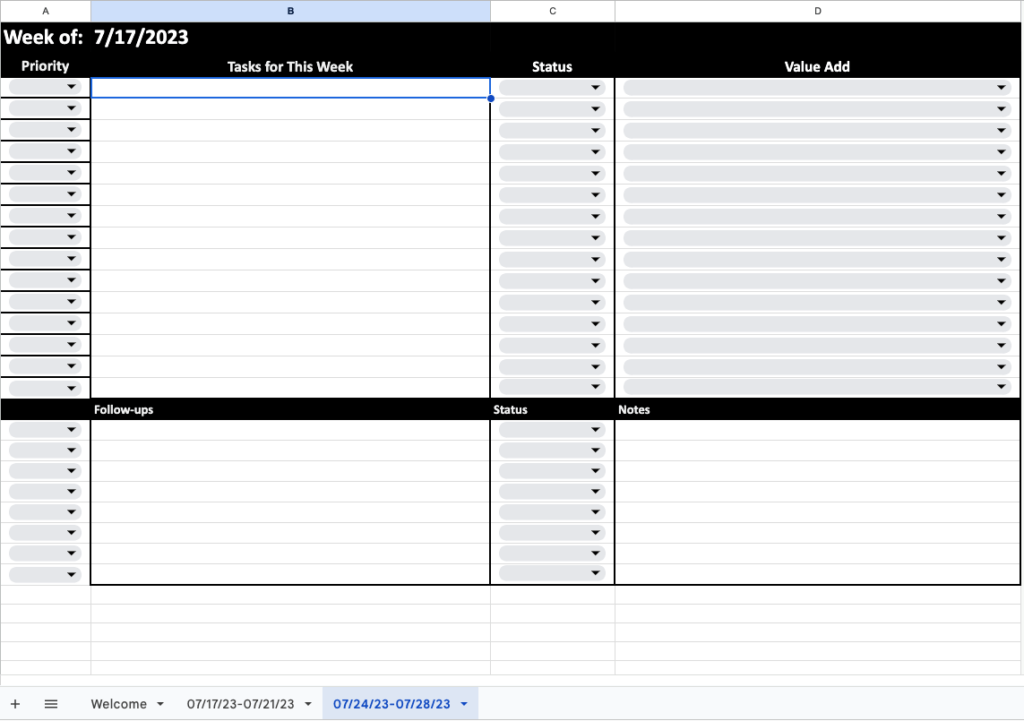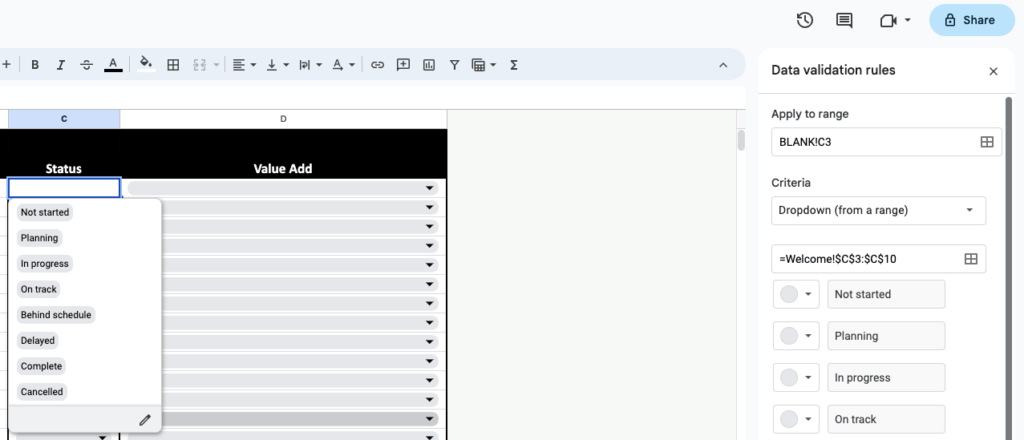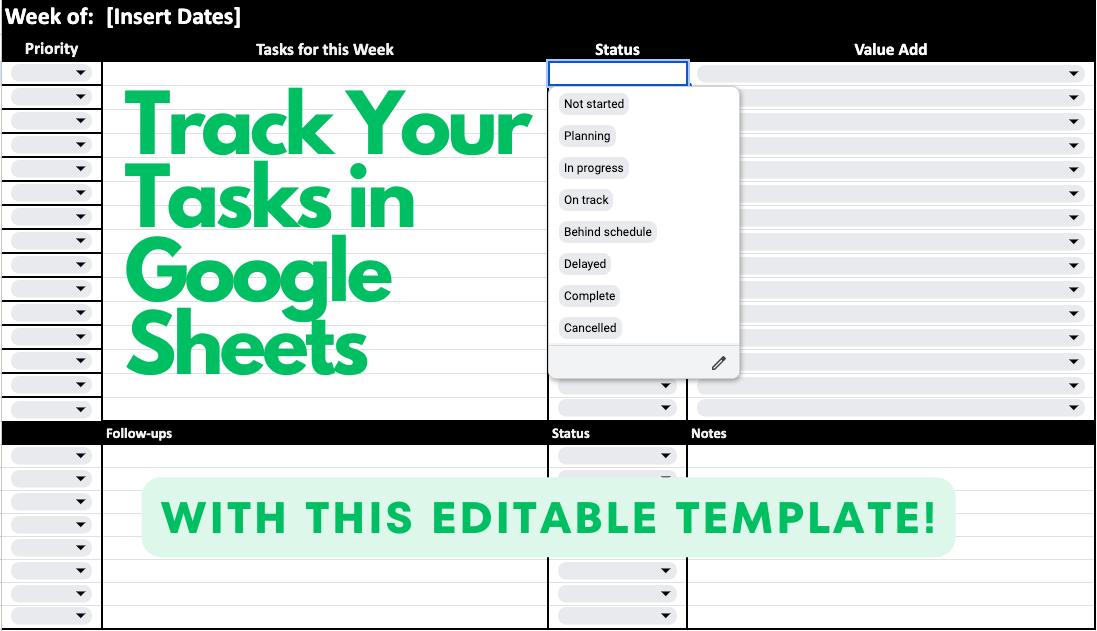When you are juggling many projects, staying focused and on task can sometimes be challenging. Having an effective to-do list will help you prioritize tasks and focus on getting critical ones done while not letting the small but still necessary to-do items fall through the cracks. Originally, I was a Post-it note or index card to-do lister. No matter what day it was, I had at least one Post-it note to help keep me on track. But I found that system works as long as you don’t need to track more than what you are doing today. Using a Post-it note or index card can help in a pinch, but this system can’t help you identify trends on how you’re spending your time. Having an effective system can be a lifesaver when reviewing what has been keeping you busy. It can also be a life support when looking ahead and what items you need to tackle that are coming down the pike. This is where a task tracker comes in handy.
What Is a Task Tracker?

For our purposes, a task tracker is a spreadsheet used to keep us focused on a weekly basis. The spreadsheet has four columns: Priority, Task for This Week, Status, and Value Add. Each week, we duplicate the base sheet and fill it in with the items to be completed.
For each item, we identify the level of Priority for one column:
Priority Levels
- Urgent and Important [UI]
- Important but not Urgent [InU]
- Urgent but not Important [UnI]
- Not Important and not Urgent [nInU]
For sorting and filtering, it’s easier to have these as numbers 1 through 4. Having identified the level of priority will help you decide which tasks get your most productive hours of the day and/or most immediate energy.
In the spreadsheet, there is also a column for Status. This column can vary with how you fill it in, but it should include Completed, Delayed, In Progress, Canceled, and other signifiers as you feel they apply. Of course, one column will be the Tasks for This Week with a description or name for each task. And the last column will identify the Value Add. The value add is where you identify why you are doing something. How does doing this item benefit your company or employer? This column will be very different based on your particular role and job duties.
How to Use the Task Tracker Spreadsheet
You can use this template, and when you click, the link will ask you to make a copy to your Google Drive. Once copied to your drive, you will want to edit the spreadsheet to meet your needs. You can edit drop-down menus by changing the validation rules for each cell with a dropdown. Those rules will pop up when you click the arrow for the drop-down menu in a cell and click the Edit icon (pencil) at the end of the drop-down menu.

Now that you have your task tracker spreadsheet set up, don’t add tasks to the Blank sheet. Keep it for reference. Instead, do the following:
- Duplicate the Blank sheet (right-click and select Duplicate) and name it the dates for that week.
- (OPTIONAL) Hide the Blank sheet by right-clicking on the tab and selecting Hide Sheet.
- During the week, add items to your spreadsheet and track them.
- Set the priority of each task as you add tasks.
- Set the value add of each task as you add tasks.
- Continue adding tasks to the sheet (inserting rows as needed) and updating the status when needed.
- As needed, sort the spreadsheet by the Priority column or Status column.

- Below the portion for tracking tasks, use the section for follow-ups and notes to note any follow-up phone calls, conversations, or emails you need to make or any updates or questions you have.

- At the end of a week, duplicate the current week’s tab and rename it with dates for the upcoming week.

- Leave items from the current week in the new week’s tab if they need to stay on your radar or if they are incomplete.
“Nerdify” Your Task Tracker Sheet
As if you aren’t nerdy enough by keeping your to-do list in a spreadsheet, consider using conditional formatting to color the cell based on the content of the dropdown box. For my task tracker spreadsheet, I have the row to turn green if the status is set to “Complete”. If the status is “In progress”, then the row is yellow. Otherwise, the row is red.
Instead of setting the conditional formatting based on the status, you could use the priority as the trigger for coloring the rows. If you are new to conditional formatting, then check out one of these previous posts to get more help:
- Google Sheets Tip: Conditional Formatting Custom Formulas
- Five Ways to Supercharge Your Google Sheets
How Will You Use It?
If you use the task tracker, how will you tweak it to make it fit your own style and processes? Will you do conditional formatting? What other features will you add to it to make it more user-friendly? Drop a comment below and let us know.

